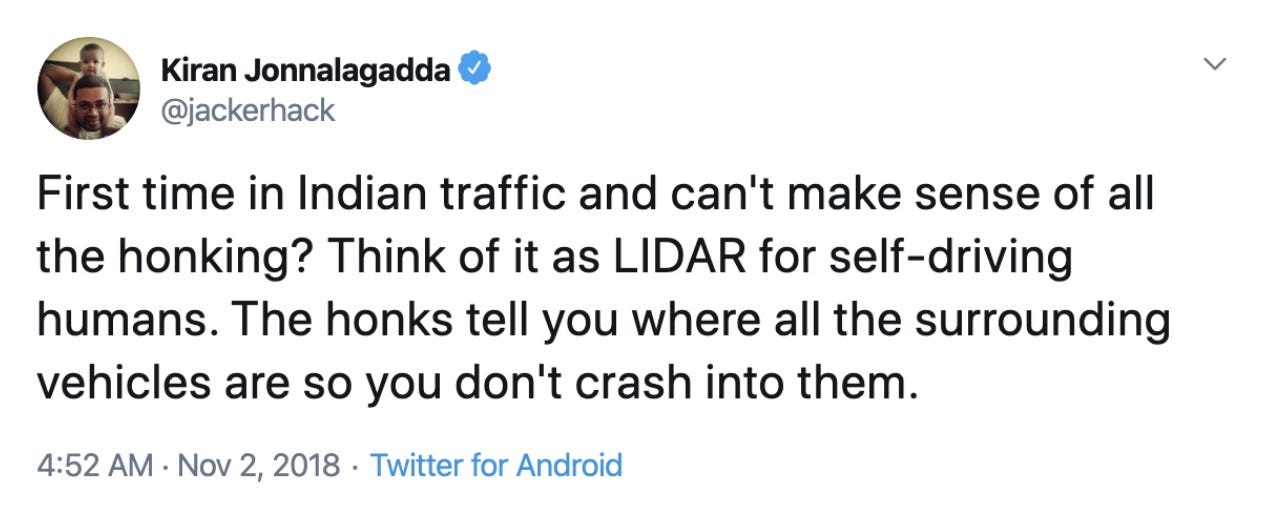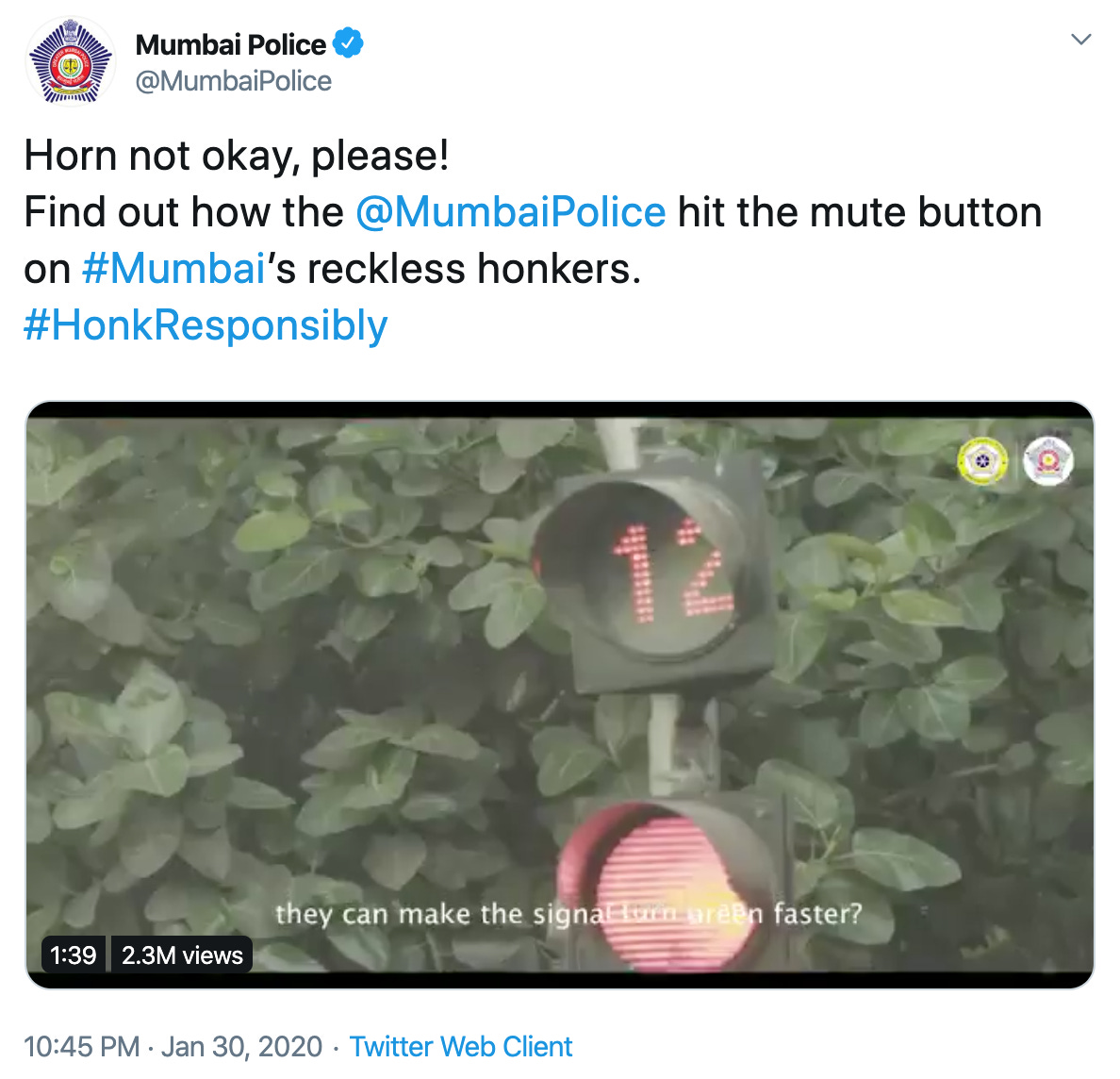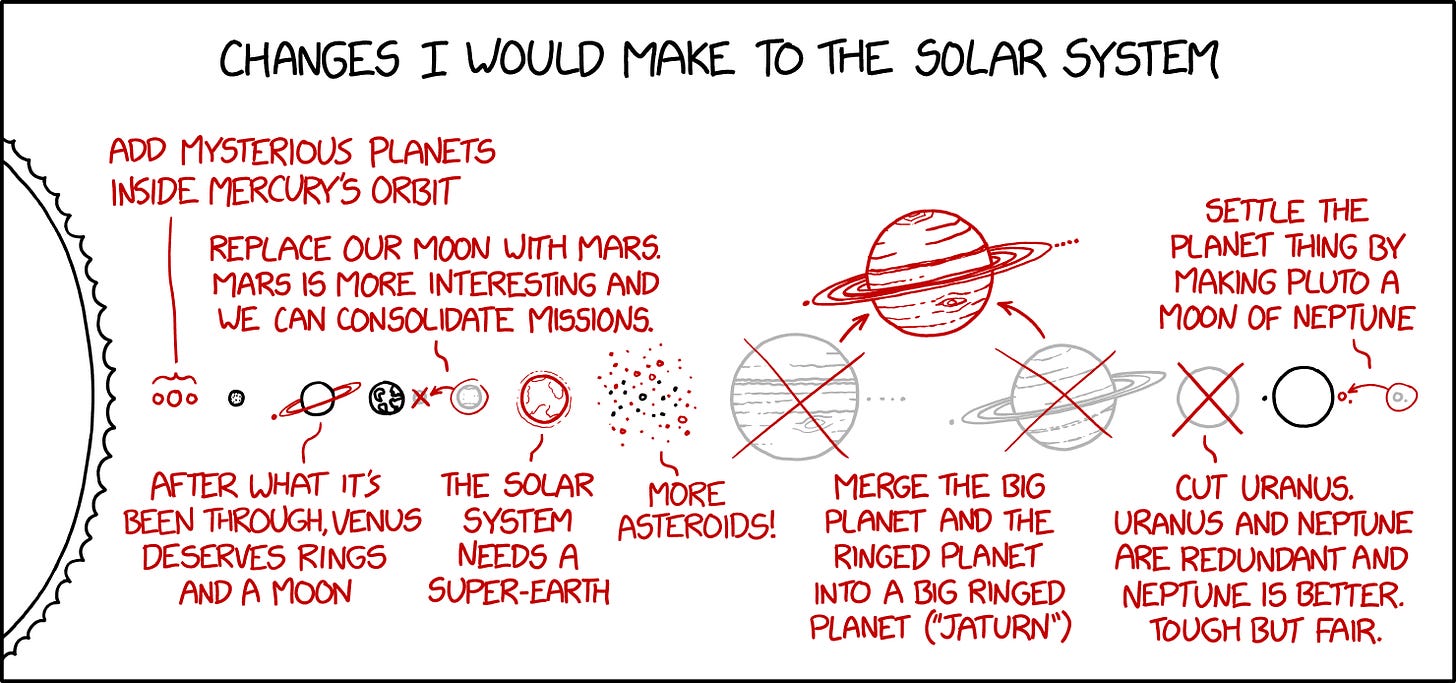Hi all, I recognize that there’s a lot going on out there. And, like you, the onslaught of COVID news can be overwhelming. We’re going to try to keep things reasonably on schedule here, but don’t take our topic choices as a lack of concern or interest. If we feel like we have something to add—as we did with The Foward This Email Edition—we will jump in. Please stay safe and take care of yourselves, your families, and your communities. - Noah (NRB)
Noah here. I have been thinking about this Tweet since I saw it a year-and-a-half ago:

(LIDAR, for the uninitiated, is one of the technologies used in self-driving cars to detect what’s around you. I wrote a bit about it for WITI 6/21 - The Autonomous Edition.)
Having visited Mumbai once, I was amazed by the energy of the place. Millions of people going about their day and making it work. Sure the traffic was crazy and you got bumped into a bunch, but the energy and direction of the place were amazing. As was the noise. Cars in India don’t really use horns as we do in the West. They are constantly beeping at each other as they pass: not because it’s an emergency, but more to just let the other car know they’re near.
As the number of cars in India continues to grow, the air pollution gets most of the attention:
Transport department statistics show there’s been a 109% rise in vehicles between 2009-10 and November 2019 (see box). There are 22 lakh bikes registered, translating into 1,100 bikes for every km, and with 150 new cars and SUVs (10.6 lakh in all on streets now) on average hitting the roads daily, problems like severe traffic congestion, dearth of parking slots, noise and air pollution have peaked.
However, noise pollution is also a real issue. “According to data from India's Central Pollution Control Board (CPBC) and independent reports,” NPR explained in 2017, “traffic sound averages 100db from the street, which is approximately like the sound of a leaf blower from about three feet away– or a rock concert, but a lot less melodious. In Vienna, Austria, the city ranked lowest on the Index, traffic whispers along at 55db.”
Why is this interesting?
In what is most likely mostly a PR ploy, the Mumbai police recently tried to solve the problem by installing noise meters on traffic lights: if the sound goes above 85 decibels the red light countdown starts again. It feels like an advertising awards show entry, which it most certainly is.

But the question of why Indians use their horn the way they do doesn’t seem to be completely clear to anyone. One theory I found suggests it has to do with the terrain:
India’s diverse roads make it hard to use visual communication. Roads bend a lot and there are a variety of entrants from all angles. That cyclist crossing at 85 degrees from your car doesn’t even look at you or your visual signals. This requires the use of auditory communication and most important one is the horn.
Another idea is all about side mirrors:
No matter what they're driving, a motorbike, a three-wheel auto-rickshaw, or a 40 year old Tata Motors truck, the horn is as important as the gas pedal. It may be more important than the brakes. And I think I know why Indians use the car horn so much; it's the complete disregard for side mirrors. No one uses them. Some trucks don't even have them. Others have their mirrors pushed closer to the vehicle because to extend them outward could invite a collision with another driver. Cars are so close to one another on the road that mirrors simply take up too much space. So with that in mind, truckers behind the wheel of India's ancient truck fleet -- at least 40 years old according to Singh -- invite drivers to honk as a means to advise them that they are about to pass.
In the end, this seems to be an ingrained part of Indian driving and changing behaviors with that kind of cultural memory is always challenging. One interesting thing that might ultimately move the needle? Globalization. “Until recently, cars sold in China and India often used disc horns, which have a sharper, more metallic sound, because they're smaller and fit better into the cars sold in those markets. But as companies bring out newer, larger models, they're transitioning to trumpet horns, which play the mellower chords familiar to Western ears.” The sounds of Mumbai are so closely associated with those iconic horns, it’s hard to imagine the city with a fundamentally different tone. (NRB)
Comic of the Day:
XKCD proposal for solar system edits. (NRB)

Quick Links:
Rebecca Skloot, the author of the excellent Immortal Life of Henrietta Lacks, talks about her process. (NRB)
Thanks for reading,
Noah (NRB) & Colin (CJN)
Why is this interesting? is a daily email from Noah Brier & Colin Nagy (and friends!) about interesting things. If you’ve enjoyed this edition, please consider forwarding it to a friend. If you’re reading it for the first time, consider subscribing (it’s free!).


